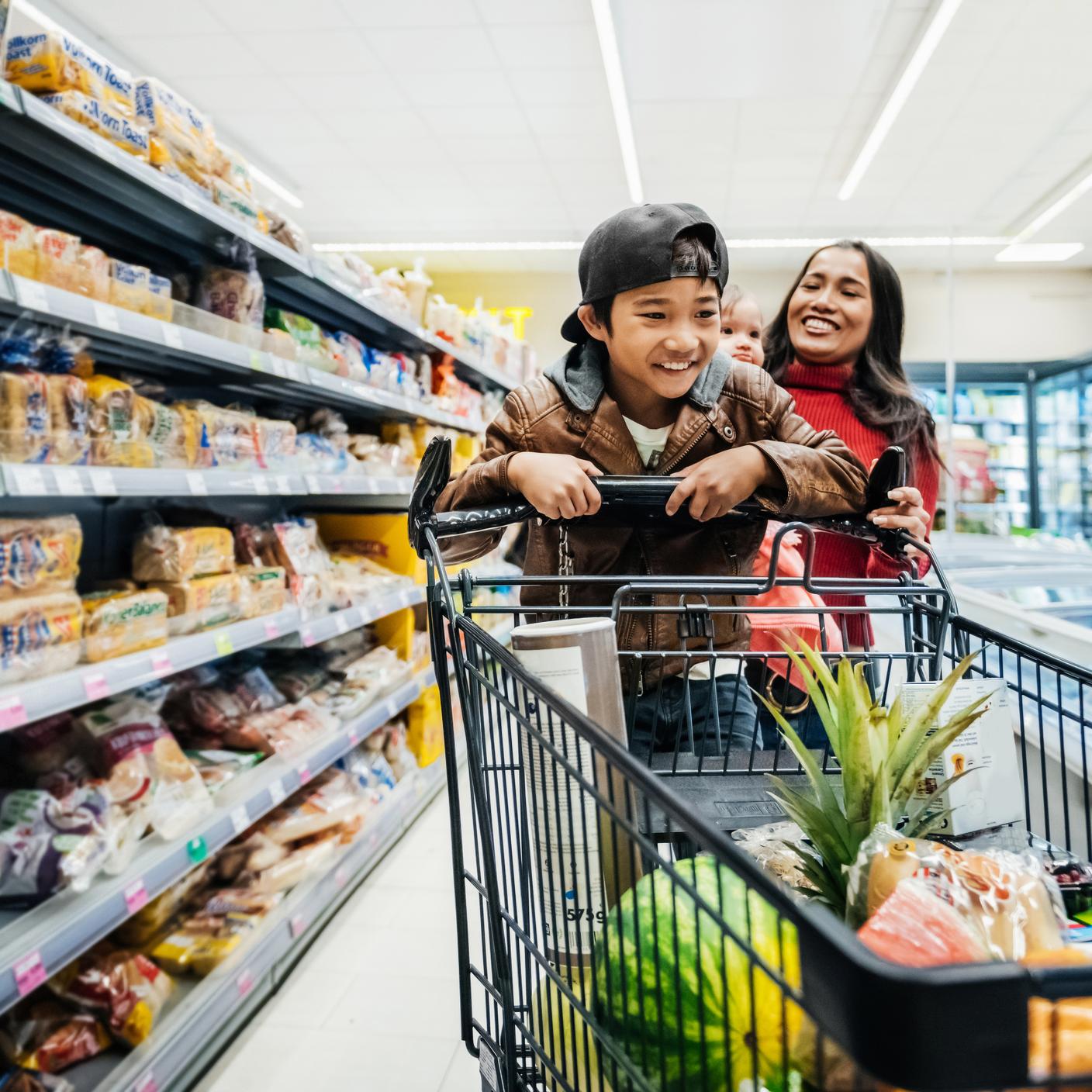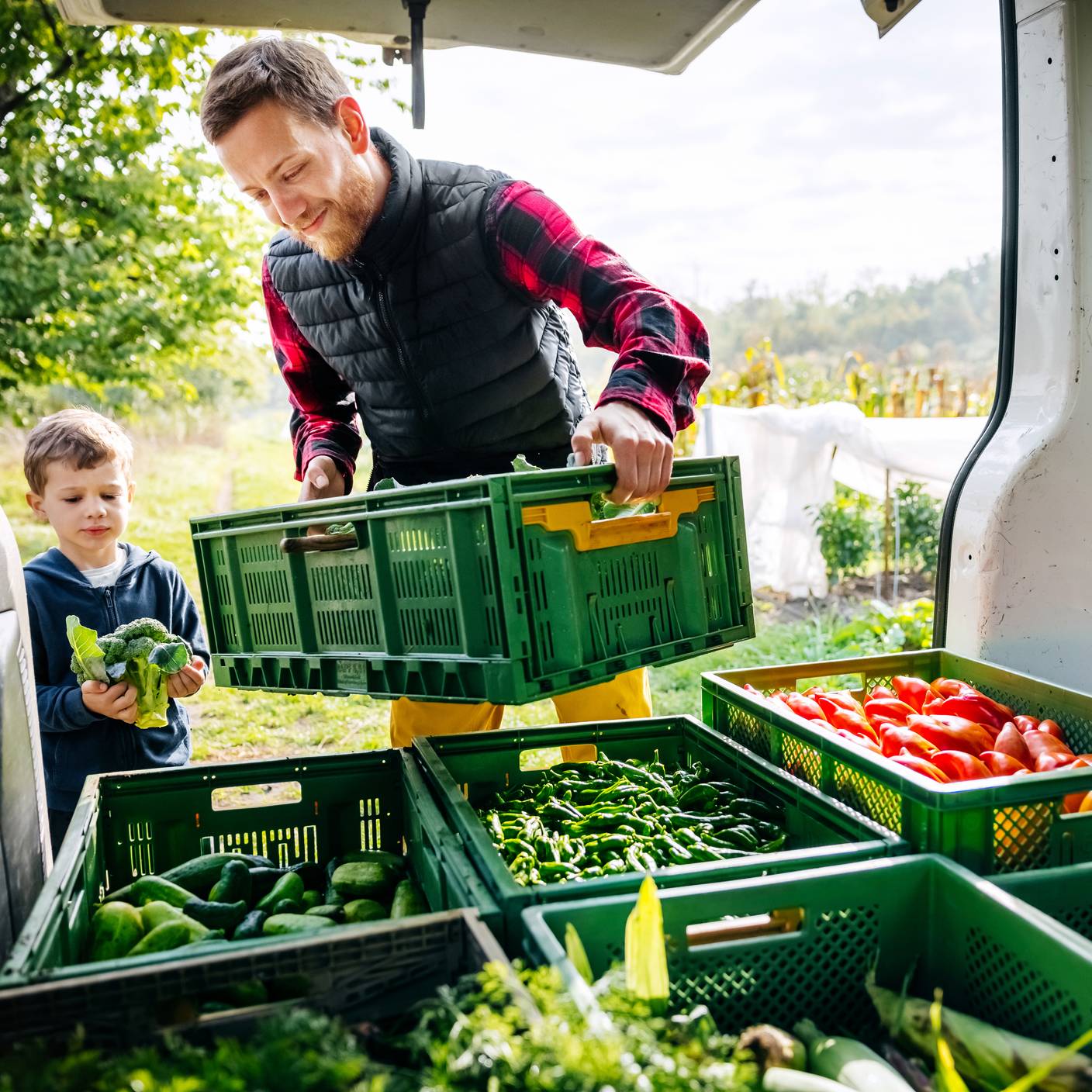The net zero challenge
The Paris Agreement is a legally binding international treaty, aimed at reducing the threat of climate change. But, to achieve this, greenhouse gas (GHG) emissions must decrease by 50% by 2030 and reach net zero by 2050.
While the UK was the first major economy to introduce a net zero emissions law, and has released its Net Zero Strategy, the food industry needs to take accountability, as there are an estimated 34% (a third) of GHG emissions arising from the sector.
With higher temperatures and extreme weather linked to the climate crisis, food systems are already suffering from damaged and lost crops. While many food businesses, such as Danone, Innocent, McCain, Nestlé and Morrisons already have Net Zero targets in place, it’s only when all parts of the food industry take action, that change can occur and climate emergency averted.
What do we mean by net zero?
Net zero is when the amount of GHG emissions put into the atmosphere is balanced versus those taken out from the atmosphere, to eliminate emissions to zero.
The food industry, along with other industries, must become net zero to end climate change. A reduction in carbon emissions is not enough. It is claimed that continuing with a business-as-usual approach could see emissions rise by 30-40% by 2050. Worryingly, if no changes are made within the food industry, it would be impossible to achieve the Paris Agreement goal of limiting temperature to below 2°C.
It is, therefore, of the utmost importance that the food industry takes action to stop carbon emissions.
The role of food in generating GHG
According to the Food & Drink Federation (FDF), imports are responsible for 33% of emissions, UK ingredients 32%, consumer 12%, retail & catering 9%, manufacturing 6%, packaging 3%, transport 5% and post-consumer 5%.
Farming is estimated to contribute around 10-12% of emissions, while land use change, such as deforestation, causes 8-10%, and food supply chain activities, like transport and manufacturing, are responsible for 5-10% of emissions.
UK food systems are responsible for approximately 160 metric tonnes of carbon dioxide emissions, according to a WRAP study. When you consider that 8-10% of global GHG is caused by the production, transportation and allowing food to rot, it's a worrying statistic indeed. The impact of food waste is so huge that if it were its own country, it would have the third biggest carbon footprint behind the US and China.
Assessing your carbon emissions: Scope 1, 2 and 3
As part of the Greenhouse Gas Protocol, GHG emissions are categorised into three scopes.
Scope 1 covers direct emissions from owned or controlled sources, such as fuel combustion, company vehicles and fugitive emissions.
Scope 2 considers indirect emissions, those released via the generation of electricity, steam, heating and cooling which have been bought and consumed by a reporting organisation.
Scope 3 refers to all other indirect emissions that occur in a company’s value chain. As they are not owned, controlled, purchased or consumed by the company, they can be difficult to identify, but are considered the most important, accounting for up to 90% of emissions. They could incorporate purchased goods and services, business travel, employee commutes, waste disposal, use of sold products, transportation and distribution, investments, leased assets and franchises.
By focusing on Scope 3 emissions, food businesses can assess where emission hotspots are in the supply chain, identify resource and energy risks, and highlight opportunities for energy efficiency and cost reductions. Other benefits include reviewing the sustainability performance of suppliers, advising and implementing sustainability initiatives with partner suppliers, and engaging employees to do their part too.
Ways of addressing net zero
Food producers can take steps to work towards achieving net zero by firstly understanding the emissions that are being produced from owned or controlled sources. This could include:
- upgrading or retrofitting your company vehicles to a low-emission alternative - something the government is already introducing as part of its clean air zones plan across UK cities.
- making carbon reductions and efficiencies by offsetting them or swapping electricity, heat and steam sources to a low-emission alternative, such as wind, solar, nuclear or hydro power.
- setting company targets, using the Science Based Targets initiative to outline targets for reducing GHG emissions that are both appropriate and realistic.
Standards to help food producers address the net zero challenge
There are several standards food producers can use to help with meeting net zero targets.
The BSI’s PAS 2060 enables food producers to demonstrate carbon neutrality of their business via a four-stage process. These stages include:
• assessment of GHG emissions based on accurate measurement data
• reduction of emissions through a target-driven carbon management plan
• offsetting of emissions, and
• documentation and verification through public disclosure and explanatory statements
BS EN ISO 14064 series have guidelines for quantifying, reporting and verifying GHG emissions (at both organisation and project levels). This standard can help with identifying cost-saving opportunities to increase profitability, improving corporate reputation, becoming more attractive to potential investors, preparing for future legislative requirements, also, setting a benchmark against competitors.
BS EN ISO 14067 specifies principles and guidelines for analysing and verifying the carbon footprint of a product throughout each life cycle stage, from farming and transportation, to packaging and managing food waste.
BS EN ISO 14001 defines environmental management systems that food producers can use to improve efficiency and environmental performance within their organisation. This includes guidance across multiple aspects of a business, from procurement of suppliers, and also manufacturing, to storage and distribution of food items, focusing on how businesses can reduce their impact on the environment.
BS EN ISO 50001 focuses on ways food producers can manage and improve energy use via the development of an energy management system. It offers food businesses a framework which includes developing policies to become more energy-efficient, setting targets for achieving these energy efficiencies, and using data to make more informed decisions around energy use. This allows food producers to measure, review and continually improve their energy use.



